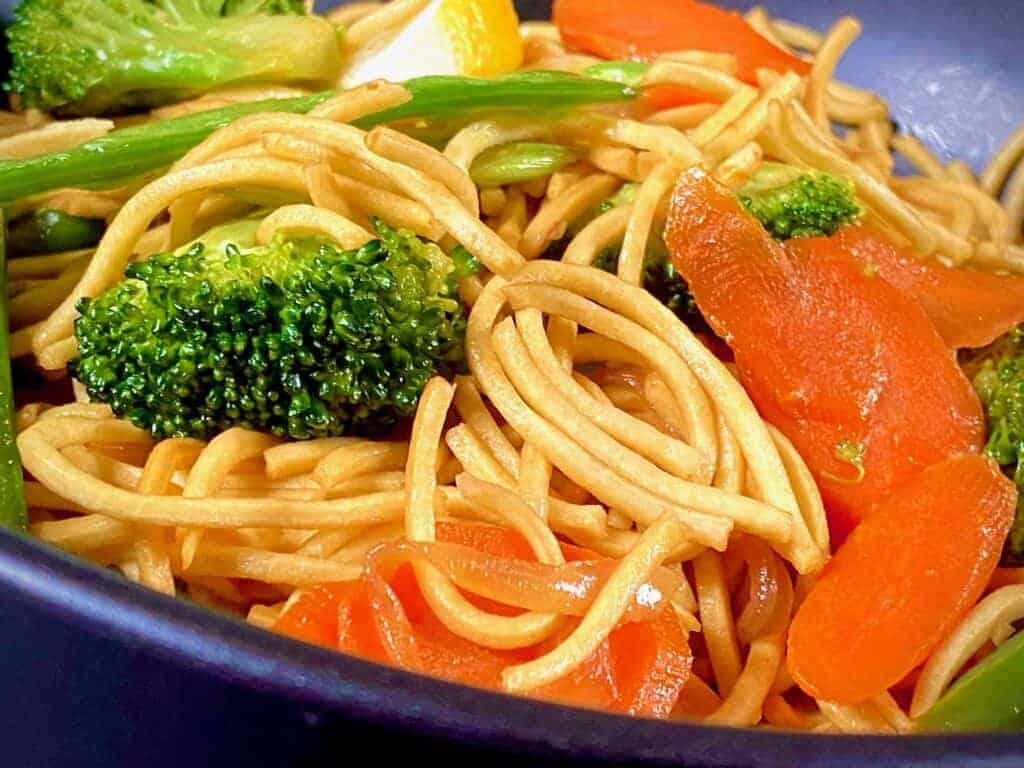Genuine Filipino Food Recipes to Try in your home
Discovering genuine Filipino food dishes offers an opportunity to value the intricate flavors and social value behind each recipe. From the well-liked Adobo, with its mouthwatering marinate, to the zesty Sinigang that personifies the essence of Filipino convenience, these dishes invite a much deeper understanding of standard cooking practices. Using fresh, local ingredients is essential, as is embracing communal dining-- a characteristic of Filipino society. As we consider the essential aspects and methods that define these cooking treasures, one might question what specific recipes can really capture the heart of this lively food.
Popular Filipino Cuisines
Filipino cuisine flaunts an abundant tapestry of tastes and traditions, with over a dozen iconic meals that highlight the nation's varied social influences. One of the most well-known recipes is Adobo, a tasty stew generally made with hen or pork, seasoned in vinegar, soy sauce, garlic, and flavors. Its zesty taste profile makes it a staple in Filipino homes.
Another beloved recipe is Sinigang, a sour soup frequently made with tamarind, tomatoes, and numerous veggies. This meal can feature pork, shrimp, or fish, and its rejuvenating taste is excellent for cozy environments. For those with a wonderful tooth, Leche Flan-- a creamy caramel custard-- offers as a prominent dessert, showcasing the Filipino penchant for rich, pleasant tastes.
Kare-Kare, a passionate oxtail stew with a thick peanut sauce, in addition to the iconic lumpia, or spring rolls, further exemplify the range discovered in Filipino cuisine. Each dish not just provides distinct tastes however additionally informs a story of local active ingredients and historical impacts, making Filipino food a dynamic reflection of its society and heritage.
Important Active Ingredients for Filipino Food Preparation
The essence of Filipino food preparation hinges on its vital active ingredients, which act as the structure for the nation's beloved meals. A range of tastes and appearances collaborated, showcasing the diverse social influences that shape Filipino cuisine.
Secret components consist of rice, the staple that goes along with virtually every dish, signifying sustenance and community. Soy sauce, vinegar, and fish sauce (patis) are important for seasoning, imparting umami and deepness to meals. Fresh natural herbs like cilantro and basil add fragrant quality, while garlic, onion, and ginger offer a robust taste base.
Protein resources such as pork, poultry, and seafood are central to numerous dishes, often seasoned to enhance preference. Veggies like eggplant, bitter melon, and eco-friendly beans add crucial nutrients and balance - Filipino food recipes. Coconut milk is another significant active ingredient, offering creaminess and a subtle sweetness to numerous stews and desserts
Finally, calamansi, a citrus fruit, provides a rejuvenating tang that elevates recipes and drinks alike. With each other, these active ingredients produce the lively and rich tapestry of tastes that define Filipino cuisine, making it both calming and distinct. Comprehending these basics is essential for any individual seeking to reproduce authentic Filipino dishes in your home.
Step-by-Step Recipe Guide

Start by preparing your active ingredients. For Adobo, cut the meat right into consistent pieces and season it in soy sauce, vinegar, garlic, and bay leaves for at the very least thirty minutes. Next off, warmth oil in a pan and sauté the garlic and onions up until great smelling, then include the marinated meat, enabling it to brownish evenly.
For Sinigang, begin by boiling water in a pot and including your choice of meat. As soon as tender, integrate tamarind paste or fresh tamarind for that signature sour flavor. Follow with vegetables like radish and kangkong, food preparation till just tender.

Tips for Genuine Taste
Often, achieving genuine taste in Filipino dishes rests on the careful option and treatment of ingredients. Begin with fresh, high-quality produce, as the vibrancy of veggies and herbs considerably boosts the meal's overall preference. Staples like garlic, onions, and ginger develop the fragrant foundation for several dishes; using them in proper proportions is vital.
Picking the best healthy protein is just as important. For example, standard adobo usually uses chicken or pork, seasoned to absorb the marinade's full taste. In addition, take into consideration sourcing in your area her response produced or local ingredients, as they can give authenticity that store-bought options do not have.
Cooking techniques also play an important duty. Slow-cooking methods, such as braising or stewing, enable tastes to blend magnificently, while frying can add an enjoyable structure. Do not neglect spices; making use of salt, fish sauce, or soy sauce at the ideal minutes can elevate a dish considerably.
Serving and Delighting In Filipino Food
Cooking experiences are improved when Filipino food is served with interest to custom and community. The method of sharing dishes is central to Filipino society, symbolizing unity and hospitality. When offering Filipino dishes, think about utilizing traditional serveware, such as clay pots or bamboo baskets, which boost the authenticity of the experience.
Commonly, Filipino meals are enjoyed family-style, with a look at here selection of dishes placed at the facility of the table. This public approach encourages interaction and allows visitors to sample different flavors. A well-curated spread may include staples like adobo, sinigang, and lumpia, complemented by rice, which is a basic part of every meal.
Going along with the food with conventional dressings, such as soy sauce, vinegar, or chili paste, can elevate the dining experience, inviting diners to personalize their plates to their choices. In addition, including local drinks, like calamansi juice or tuba, can improve the total flavor account.
Final Thought

Comments on “Impress Guests with These Filipino Food Recipes.”